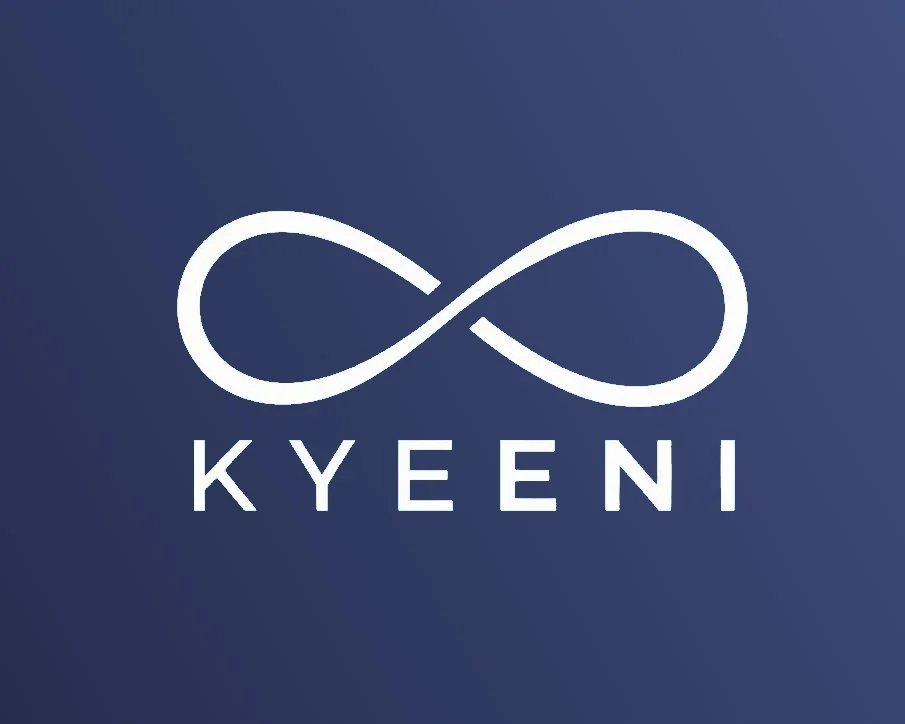How local businesses can partner with micro-influencers on a budget
For many small businesses in South East London, marketing can feel like an uphill battle against bigger competitors with deeper pockets. But there’s one area where being small can actually work in your favour – collaborating with micro-influencers. These are local creators with modest but highly engaged audiences, and they can be powerful allies for raising awareness, driving footfall, and boosting trust. The best part is that you don’t need a huge budget to make it work. Here are 10 practical tips to get started.
Define your local audience
Before reaching out to anyone, take time to clarify exactly who you want to reach. Is it families in your immediate postcode? Commuters passing through daily? Young professionals looking for new places to eat and shop? The clearer you are about your target audience, the easier it becomes to identify influencers whose followers align with your ideal customers. HubSpot recommends creating buyer personas and segmenting your audience to communicate more meaningfully — see their guide to micro-influencer marketing.
Focus on smaller creators
Micro-influencers typically have between 10,000 and 50,000 followers, while nano-influencers may have as few as 1,000. These smaller accounts often deliver better engagement than larger names because their audiences feel more connected to them. For local businesses, this hyper-engaged following is often more valuable than raw numbers.
Find influencers through local search
Start by exploring hashtags that tie into your area, such as #WellingFood, #GreenwichMums or #ElthamLife. These searches quickly highlight who is already creating content in your community. You can also search for blogs or creators in your niche by Googling “South East London food blogger” or “Welling lifestyle Instagram.” HubSpot’s Instagram marketing guide has practical tips on hashtag research and social listening.
Check engagement and authenticity
It’s tempting to be impressed by follower counts, but genuine engagement matters far more. Look at the comments - are they thoughtful and conversational, or generic and spammy? Check whether the influencer posts regularly and whether their style or values match yours. A smaller creator with genuine local trust will usually deliver better results than an account with inflated numbers. Consider asking for a media kit or sample performance metrics before committing.
Explore value beyond cash payments
Not every collaboration needs to involve money changing hands. Many micro-influencers are open to receiving products or services in exchange for coverage. You could offer a discount code for their followers, set up a commission arrangement, or invite them to a launch event. These approaches create value for both sides while keeping costs manageable - especially useful for small local businesses.
Balance creative freedom with clear guidelines
Influencers are followed for their unique voice and style, so it’s important to let them put their own spin on content. At the same time, be explicit about the basics - how many posts you expect, whether they should tag your business, and key messages you want included. By giving direction without micromanaging, you’ll get authentic content that still aligns with your goals.
Track local results, not just likes
Instead of focusing only on metrics like likes or shares, focus on indicators that matter to your business. This might include an increase in footfall, more local enquiries, or higher redemption of a promo code shared by the influencer. You can use trackable links (e.g. with UTM parameters) or unique landing pages for each influencer to monitor conversions - see a HubSpot community discussion on trackable links and influencer tracking.
Start small and test the waters
There’s no need to go all in at once. Begin by working with one or two influencers to see what resonates. Maybe you’ll find that food reviewers drive better results than lifestyle bloggers, or that video content gets more engagement than photos. Once you understand what works, you can scale accordingly. Pilot campaigns help you learn without overcommitting.
Build long-term partnerships
While one-off posts can give you short bursts of visibility, cultivating ongoing relationships with influencers tends to deliver more consistent returns. Audiences grow to trust creators who repeatedly endorse a brand, and influencers themselves are often more invested when they feel like long-term collaborators. Consider inviting trusted creators to seasonal events or giving them early access to new products.
Stay transparent and compliant
Even at a small scale, you must follow the rules. In the UK, influencers are required to disclose clearly when content is sponsored or gifted. The Advertising Standards Authority (ASA) publishes guidance on how influencers should “make clear that ads are ads”. The UK Government’s social media endorsements guidance also states disclosure must be obvious. For practical legal guidance for brands and creators, see Sprintlaw’s influencer marketing overview.
Conclusion
Micro-influencer collaborations can be an affordable and highly effective way for local businesses to build awareness and attract new customers. By focusing on smaller creators, offering value beyond cash, and tracking meaningful local outcomes, you can form partnerships that deliver real impact. The key is to approach it strategically — start small, learn from each collaboration, and nurture relationships that grow with your business. For South East London businesses looking to get noticed without breaking the bank, micro-influencers could be a powerful piece of your marketing strategy.



